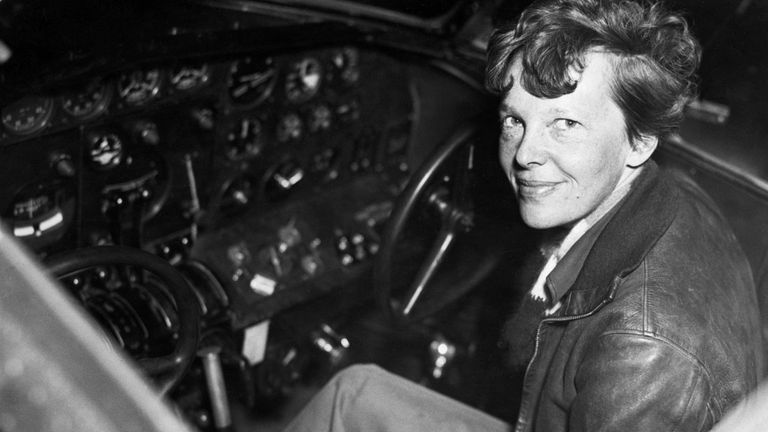Amelia Earhart’s Plane Might Have Just Been Spotted 2,000 Miles Off Hawaii’s Coast
What happened to Amelia Earhart? That’s a question that’s been repeatedly asked over and over again for almost nine decades, but nobody has ever come up with the answer. Ever since the record-breaking aviator went missing in 1937 during her attempted flight around the globe, Earhart’s fate has been subject to scrutiny that has often drifted into conspiracy. But a solid explanation of exactly what happened to her has proved elusive, and that’s why a revelation at the start of 2024 has caused such a sensation. A team of explorers have just made a discovery which could finally answer the questions we’ve been asking for so long.
A sensation
Earhart — or Lady Lindy, as she was also known — had become a sensation even before she went missing all those years ago. She was only the 16th woman to ever be granted a pilot’s license, but she quickly established herself as one the best flyers around. No woman had ever flown across the Atlantic before she did, and she was the first person — man or woman — to cross both the Atlantic and the Pacific.
The pioneer established a remarkable legacy for herself in a short space of time. But her life and career were halted in that fateful summer of 1937 when she seemed to vanish off the face of the Earth. She was never seen again and was declared dead in the eyes of the law a couple of years later.
An early education in adventure
Earhart’s taste for embarking on daring exploits had come to her early in life. She was born in 1897 in Kansas, welcomed into a fairly well-off family. Things weren’t all rosy, though: her dad had a drinking problem and she and her sister Muriel ended up spending a lot of time at their mom’s parents’ place.
Here the young girls would venture outside a lot to keep busy. They explored their surroundings, clambering up and down trees, stalking rats, and taking bareknuckle sled rides. It was an early education in adventure.
An unstable start
Even when Earhart’s family had been together and her dad was in her life, they struggled for stability. He could never really hold down a job, which meant they were frequently on the move. She was a student at several different schools, where it became clear she had a knack for science and sports; these were skills that would stand to her later in life.
But the constantly changing circumstances of her early life did affect Earhart in a negative way. She found it hard to come by friends, plus school could be challenging at times. In the end she was determined to take control of her own life in exactly the way her dad hadn’t managed.
Getting to know pilots
By the time Earhart was a young adult, the grim specter of World War I had materialized. As violence and misery swept across the globe, the young woman decided to volunteer her services as a nurse’s assistant. This was a consequential time in her life, as it was through this work that she began to meet pilots for the first time.
She formed bonds with many injured aviators during the war, which sparked a personal interest in flying. She started to visit an airfield to watch pilots hone their skills, but things didn’t go much further than that for the time being. By 1919 she was instead studying medicine, though that didn’t last long. She dropped out a year later.

